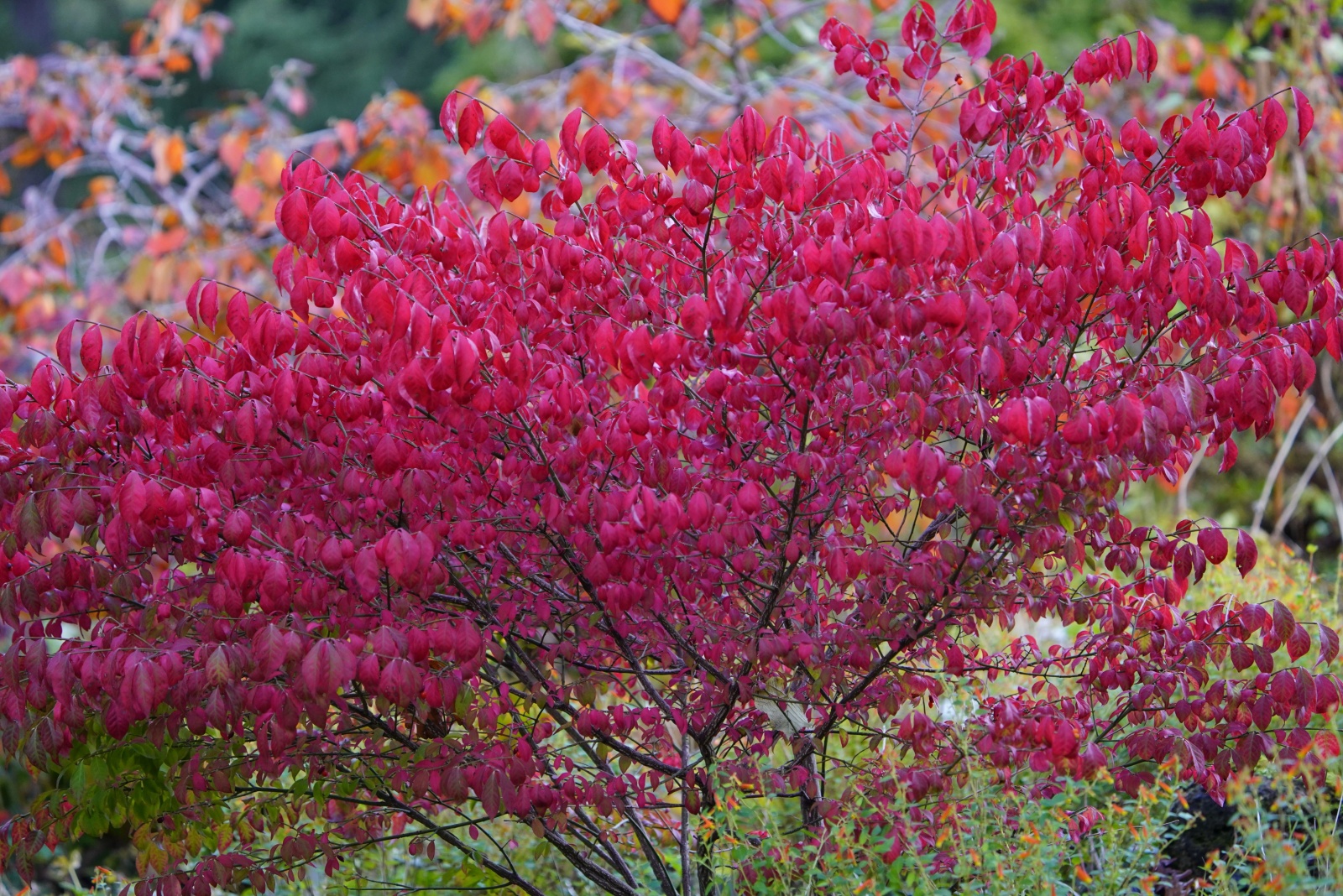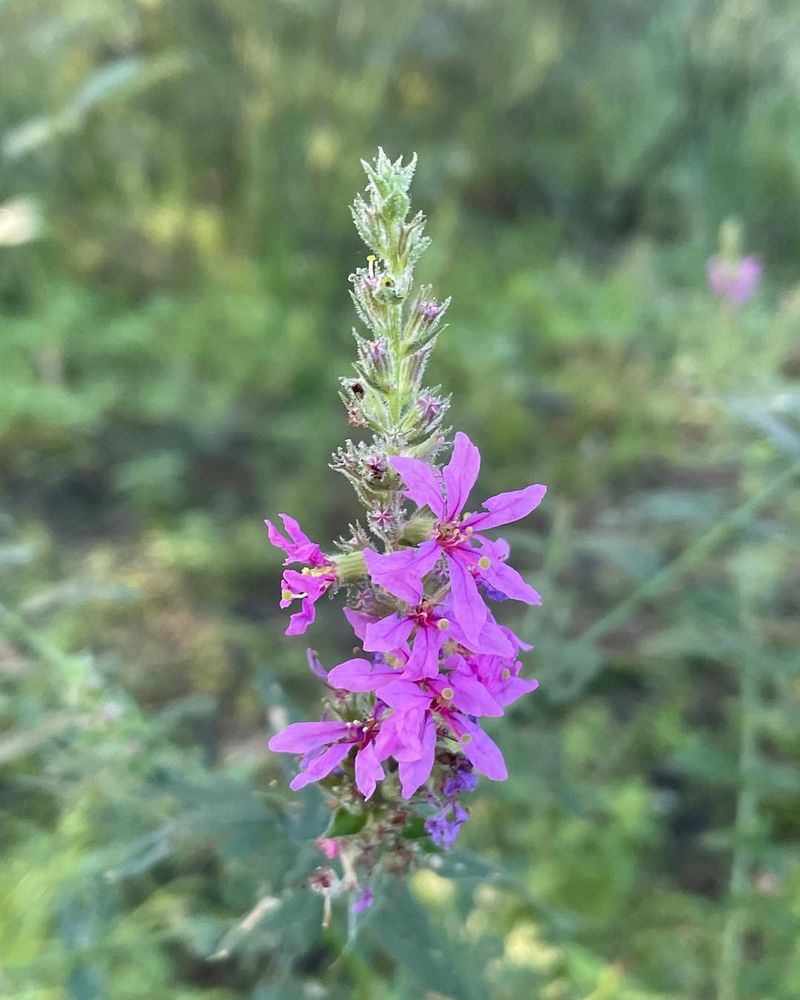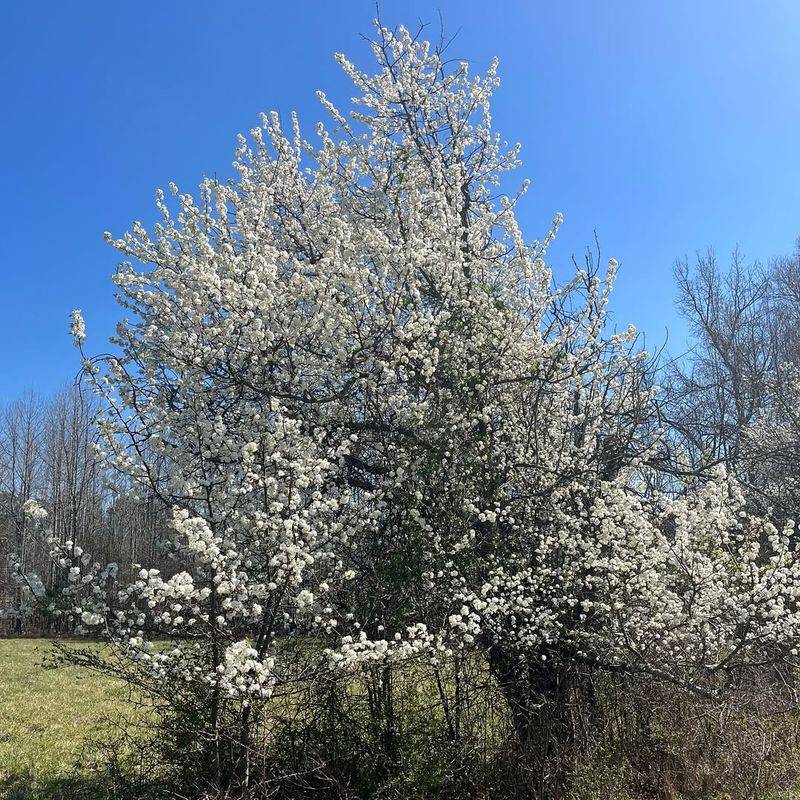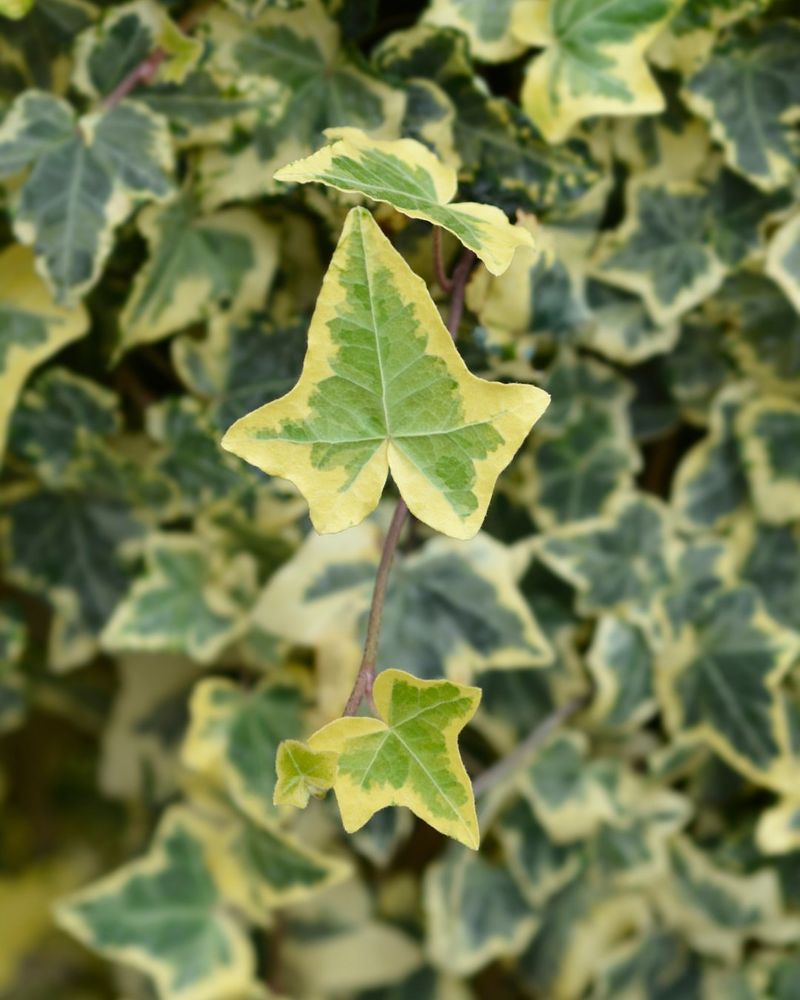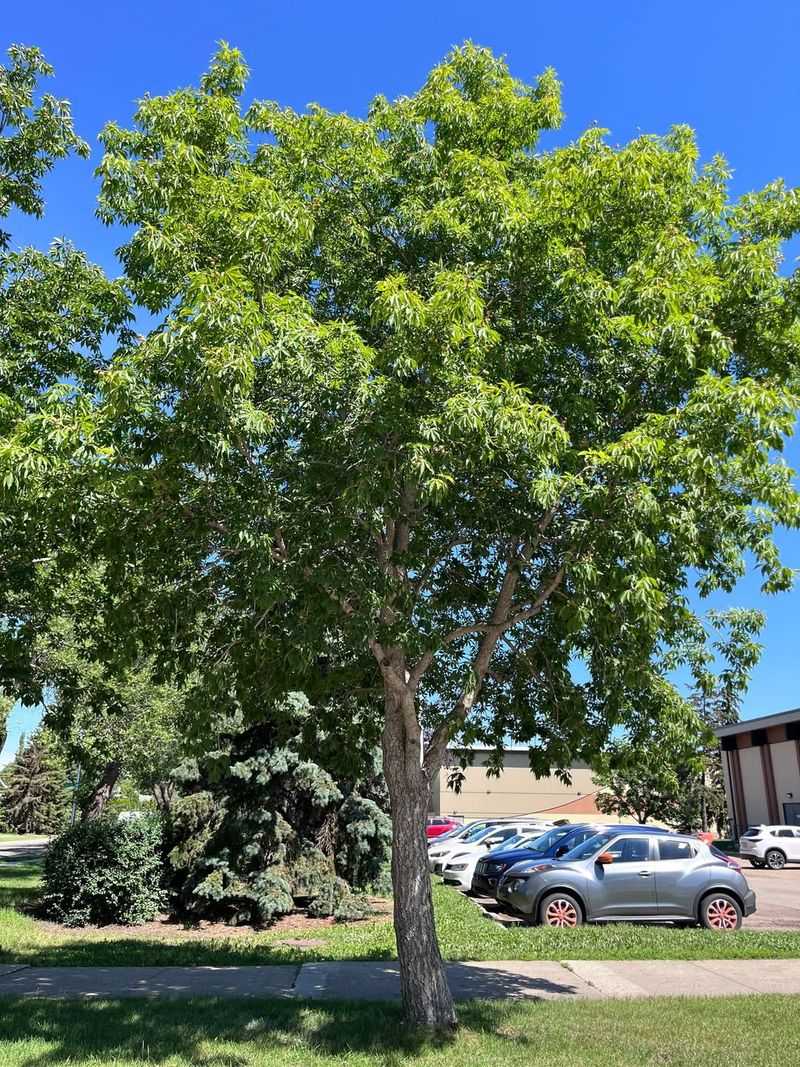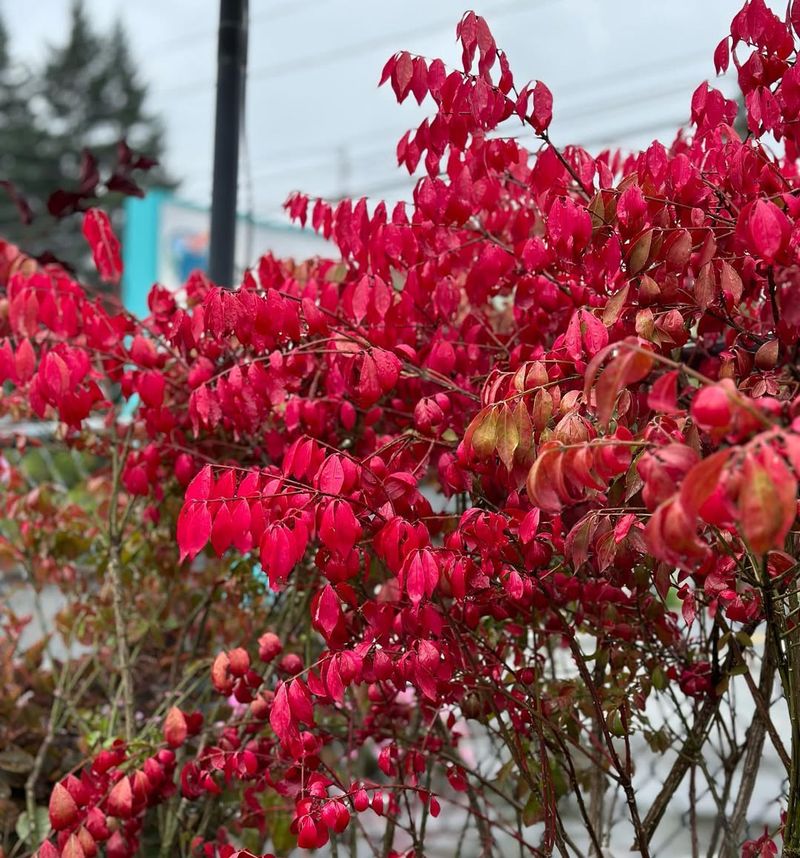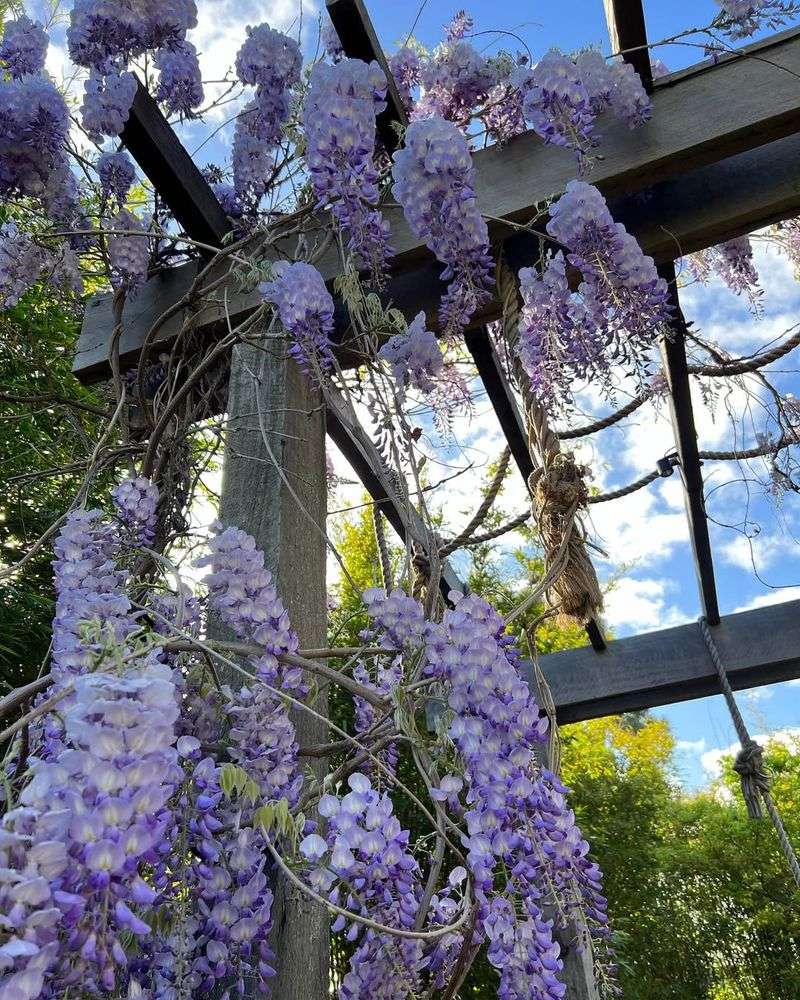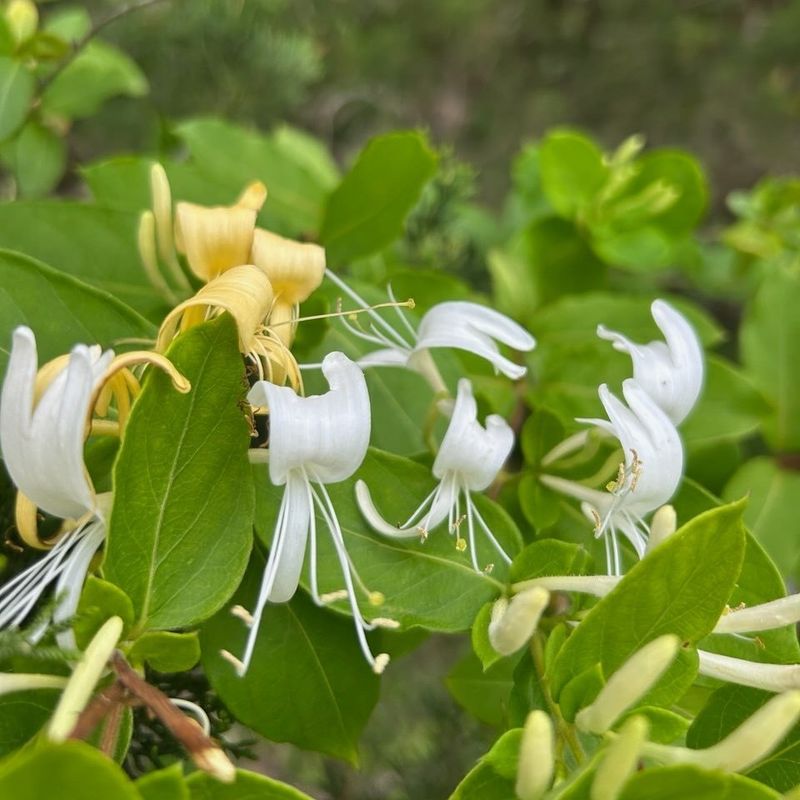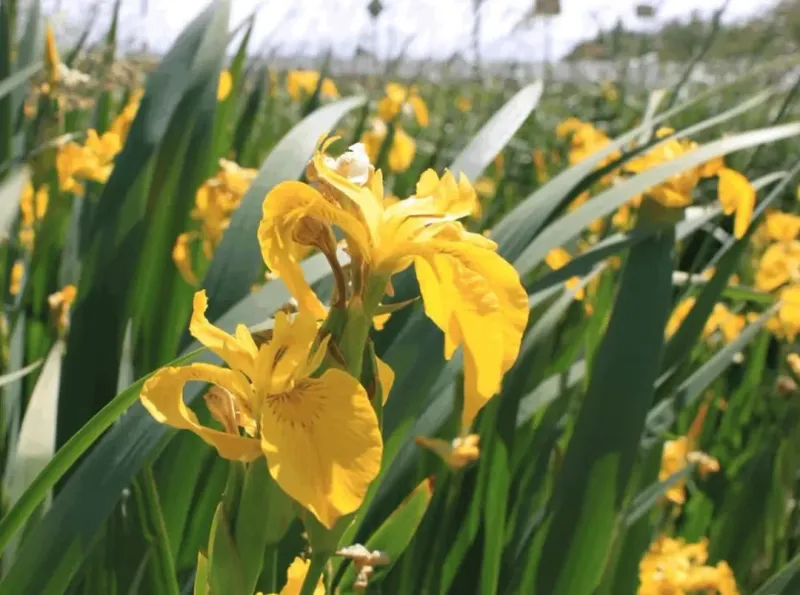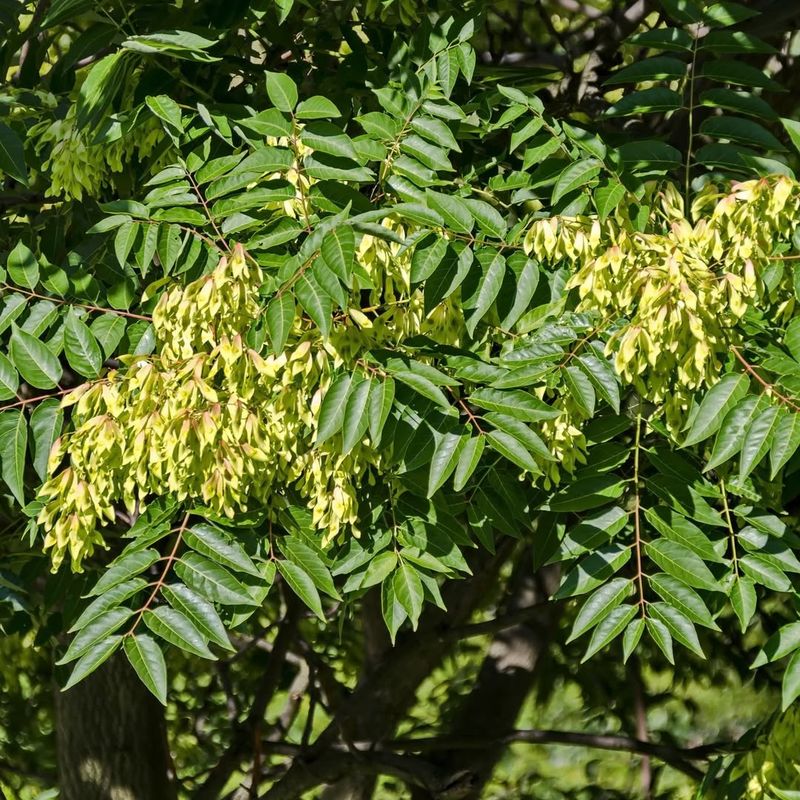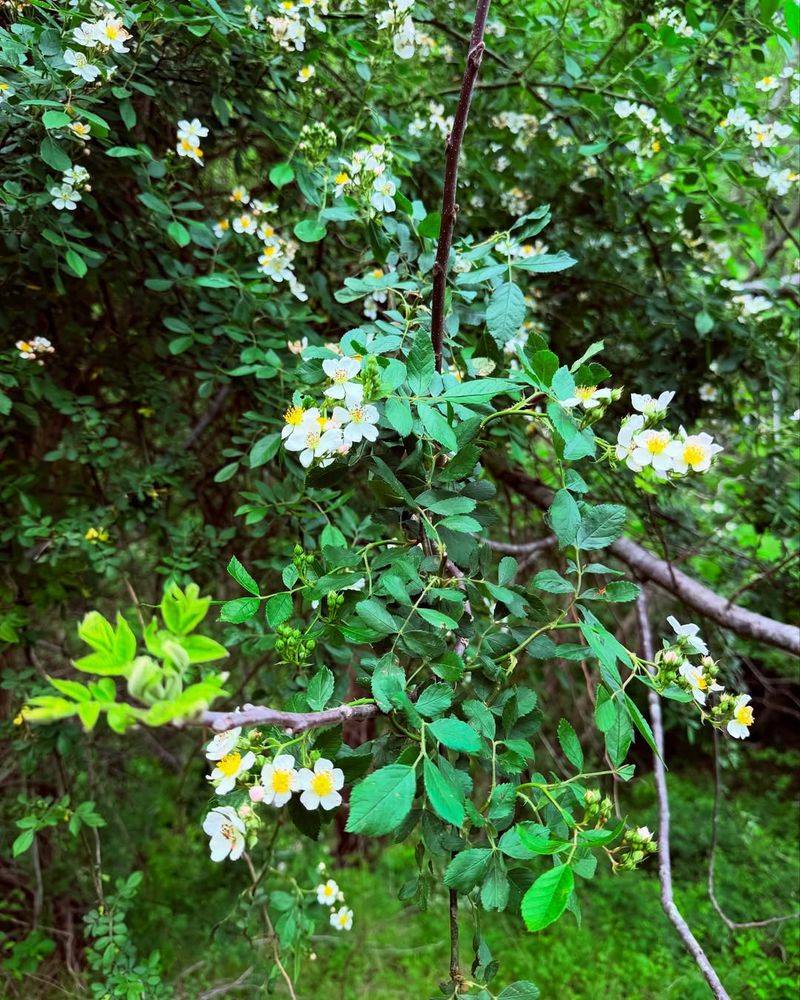Pennsylvania gardeners might need to rethink their plant choices as the state considers banning several beloved species. Environmental officials are targeting plants that harm local ecosystems by crowding out native species, disrupting wildlife habitats, or spreading aggressively.
Knowing which plants face potential restrictions can help you make smarter choices for your garden’s future.
1. Japanese Barberry
Once a favorite for hedges and borders, Japanese Barberry is facing scrutiny for its invasive nature. Birds eat the bright red berries and spread seeds far beyond garden boundaries.
Research shows this prickly shrub creates perfect hiding spots for ticks that carry Lyme disease, increasing health risks in neighborhoods. Despite its attractive red fall foliage and deer resistance, environmental experts say the ecological damage outweighs its garden benefits.
2. Purple Loosestrife
The stunning purple spikes of this perennial might catch your eye, but they’re causing major headaches for Pennsylvania wetlands. A single plant produces millions of seeds annually, quickly taking over marshy areas.
Wildlife officials have battled Purple Loosestrife for decades as it chokes out native plants that local birds and insects depend on. Many gardeners don’t realize their beautiful border plant could escape and cause serious ecological damage to nearby waterways and natural areas.
3. Bradford Pear
Those pretty white blossoms in spring hide an ugly truth – Bradford Pear trees have become an environmental nightmare. Originally planted as ornamental trees in countless Pennsylvania yards, they’ve escaped into wild areas.
The fragile branches break easily in storms, creating safety hazards. Plus, have you noticed that distinctive smell? Many compare it to rotting fish! Cross-pollination with other pear varieties has created thorny thickets that crowd out native trees and shrubs important to local wildlife.
4. English Ivy
Climbing up trees and spreading across forest floors, English Ivy might seem like an easy ground cover solution. Unfortunately, it’s causing major problems for Pennsylvania’s forests and trees.
As it climbs, this aggressive vine can add hundreds of pounds to trees, making them more likely to fall during storms. Its thick mats prevent native wildflowers from growing and provide little value to local wildlife. Even worse, removing established ivy requires persistent effort over several years.
5. Norway Maple
Fall color fans might be disappointed to learn that Norway Maple trees are on Pennsylvania’s watchlist. These large shade trees with dense canopies cast such deep shade that nothing grows underneath.
Native to Europe, Norway Maples produce thousands of winged seeds that helicopter into natural areas. Their shallow roots compete with other plants for water and nutrients. You can identify them by breaking a leaf stem – the milky sap that oozes out is a telltale sign of this problematic tree.
6. Burning Bush
Famous for its fiery red fall foliage, Burning Bush has been a landscape staple for decades. Garden centers across Pennsylvania have sold thousands of these shrubs to homeowners seeking dramatic autumn color.
Birds love the colorful berries but spread the seeds into natural areas where the plants form dense thickets. These thickets prevent native tree seedlings from growing, gradually changing forest composition. Some states have already banned sales, and Pennsylvania may soon follow suit.
7. Chinese Wisteria
Gardeners love the romantic cascades of purple flowers, but Chinese Wisteria hides a destructive nature behind its beauty. This woody vine grows incredibly fast, climbing and twisting around trees until it strangles them.
The weight of mature vines can topple even healthy trees during storms. Pennsylvania forest managers have found escaped wisteria vines with stems as thick as a person’s arm! Native alternatives like American Wisteria offer similar flowers without the aggressive growth that’s putting this Asian import on the banned list.
8. Japanese Honeysuckle
Sweet-smelling flowers might be this vine’s claim to fame, but Japanese Honeysuckle has worn out its welcome in Pennsylvania. The fragrant blooms attract children who pick them to taste the sweet nectar inside.
Originally planted for erosion control, this aggressive vine now smothers native plants by blocking sunlight. It remains green through mild winters, giving it an advantage over native species. Wildlife officials are particularly concerned about its impact on forest regeneration after logging or natural disturbances.
9. Privet Hedge
Neat rows of Privet have defined property lines and created privacy screens in Pennsylvania neighborhoods for generations. These fast-growing shrubs with small leaves form dense barriers that block views year-round.
Birds spread the small black berries into natural areas where Privet forms impenetrable thickets. Studies show these thickets reduce native plant diversity by up to 95% and provide poor habitat for native insects and birds. Native alternatives like Northern Bayberry offer similar privacy benefits without the ecological problems.
10. Yellow Flag Iris
Brightening pond edges with showy yellow blooms, Yellow Flag Iris has been a water garden favorite for years. Many Pennsylvania gardeners don’t realize this European native can escape cultivation and wreak havoc in natural wetlands.
The thick, mat-forming roots crowd out native wetland plants that provide food and shelter for wildlife. Even worse, all parts of the plant are poisonous to livestock and pets who might nibble on them. Water garden enthusiasts should consider native Blue Flag Iris instead.
11. Tree Of Heaven
Despite its heavenly name, this fast-growing tree has become a hellish problem for Pennsylvania. Tree of Heaven was originally brought from China as an ornamental shade tree for urban areas.
Not only does it produce chemicals that prevent other plants from growing nearby, but it’s also the preferred host for the destructive Spotted Lanternfly. The tree’s weak wood breaks easily in storms, and the male flowers emit an unpleasant odor often compared to rancid peanut butter or burnt popcorn.
12. Multiflora Rose
Farmers once planted Multiflora Rose as living fences for livestock, but this thorny shrub has turned against us. A single plant can produce up to 500,000 seeds per year that remain viable in soil for decades.
The arching canes root where they touch the ground, creating impenetrable thorny thickets that can grow 15 feet tall. These thickets take over pastures and woodland edges, reducing property values. The thorns are sharp enough to puncture tractor tires, making removal challenging and expensive.

